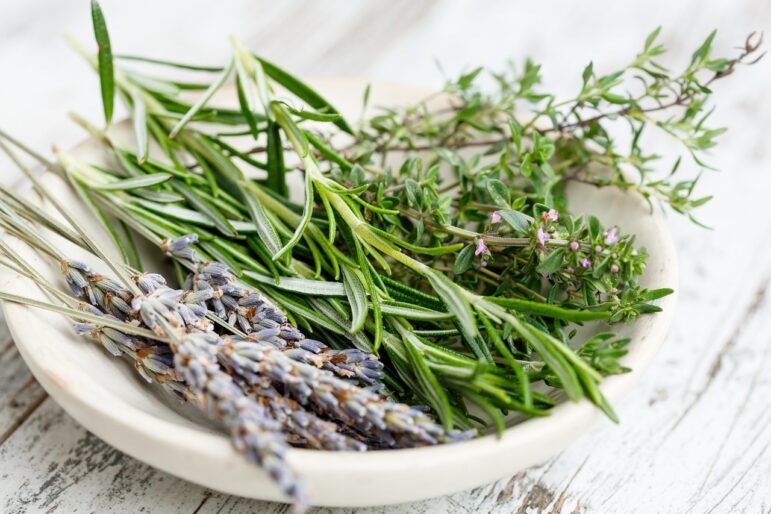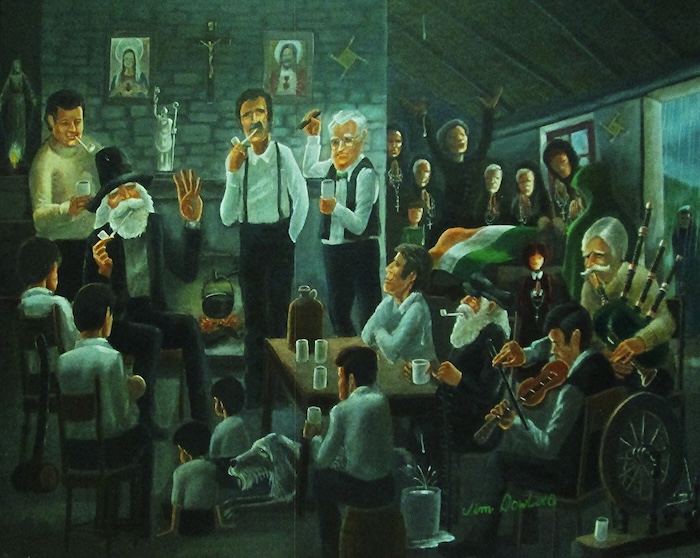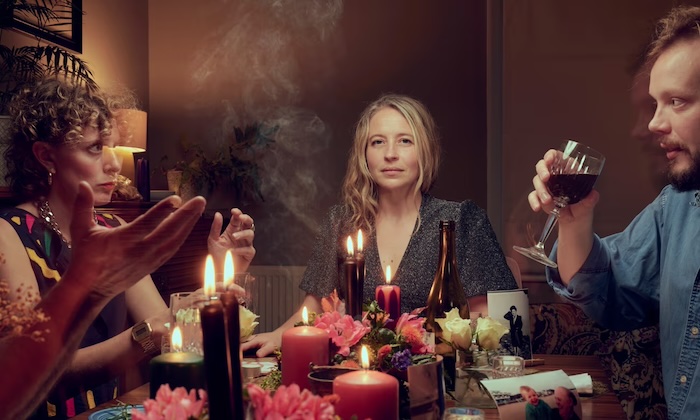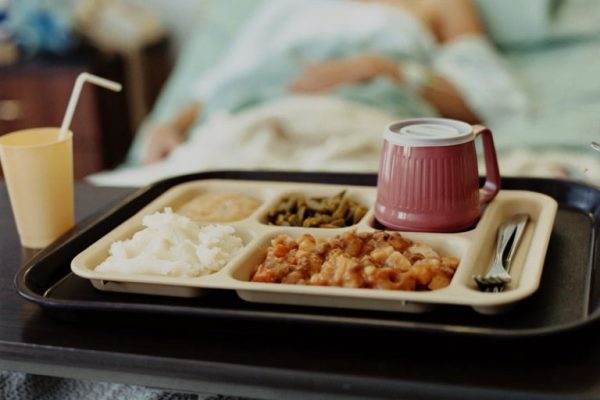— Grief food in three cultures
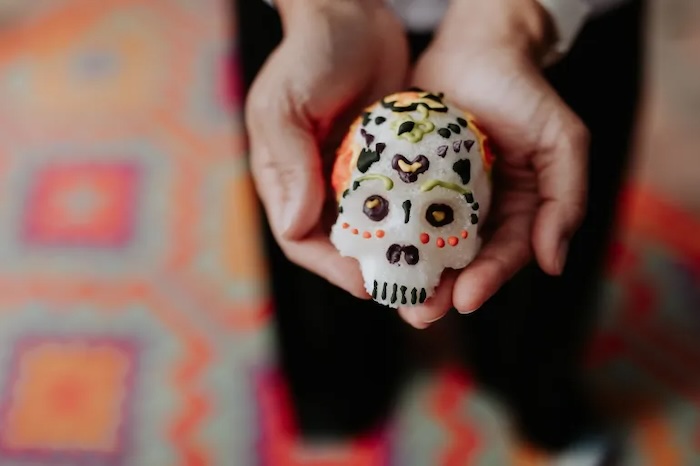
Rituals around preparing and eating ‘grief food’ bring comfort to mourners – from Russia to Sri Lanka – and connect them to the dead.
By Annie Hariharan
In Mexico, pan de muerto (bread of the dead) is a special sweet bread made annually for the Day of the Dead in early November.
Shaped like a roll and topped with a cross and a nub – meant to symbolise bones and teardrops or hearts – the pan de muerto is both an offering to the deceased and a treat for everyone, explains Kati Hogarth. She grew up in Mexico but now calls Australia home and works in the creative industry. “It’s a bit sweet”, she adds, “to lure the spirits to come and share it with us.”

Food is closely connected to our rituals around death. Whether we are inviting spirits to commune with us or preparing feasts for the grieving, food provides solace, comfort and nourishment – often of the soul – at a time of mourning.
For example, in countries like the US and Australia, friends and neighbours will drop off casseroles or lasagnas, understanding that the bereaved often don’t have time or energy to make food.
Of course, many countries do not turn to a meat-and-cheese carbfest to mark a loved one’s passing. But those acts of cooking and eating – those heartfelt rituals around food – hold significant meaning when it comes to burials, mourning and even the remembrance of ancestors.

Take koliva (also spelled kolyva, koljivo or coliva), a wheat-based dish that makes an appearance at Orthodox Christian funerals – from Greece to Russia – and is served in similar yet slightly different ways.
In Russia, the spelling is different – kutia – but Anastasia Kaissidis, a Russian mother of two who now calls Australia home, explains that it is essentially the same dish.
“It is like porridge but more sticky than watery. We make it with boiled wheat, barley and sometimes rice. Then, we add honey for the sweet taste and dried fruits like sultanas or berries and walnuts,” Kaissidis says. “It is really easy and quick to make. There’s no meat in it and most people would have ingredients like wheat at home.” A meatless dish makes it more affordable as well.
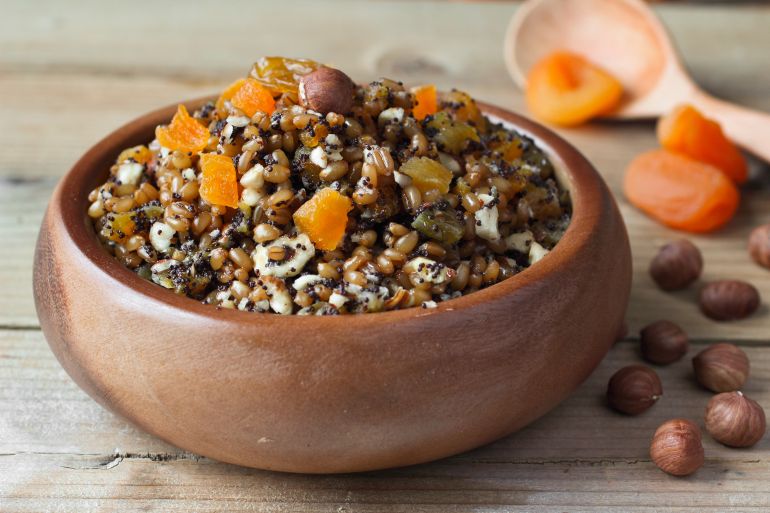
In other places like Greece or Macedonia, sugar is sometimes added as a sweetener, as well as other dried fruits and nuts like pomegranate seeds or walnuts. The dried fruits and nuts not only provide textural and colour contrast but they can be used to decorate the top of the dish in the shape of a cross or initials of the deceased.
Kutia is steeped in the rituals of a Russian Christian Orthodox funeral. The family of the deceased – “usually the women”, Kaissidis says – are responsible for making it for the people who drop by to pay their respects. “After the burial, people will come to the family’s house, so they will prepare food. Traditionally, kutia is the first dish we eat before anything else,” Kaissidis explains. “It will be scooped into small bowls so that everyone can have some. You just need a little taste and after that, you can eat the rest of the food on the table.”

The dish also has a symbolic meaning. “In Christianity, we believe life is eternal and we celebrate resurrection,” Kaissidis explains. “The wheat symbolises new life because it must be buried before it can grow again, else it will just rot. The honey or sugar symbolises that life will be sweet in heaven.”
Georgi Velkovski, a Macedonian living in Belgium knows this communal dish as koliva. He describes it as a sticky, sweet paste that is a bit bland and not to his taste, “like eating a piece of bread if you squeeze it and chew on it”.
“The family of the deceased would serve it on a plate along with tasting spoons. They would go around and offer koliva to visitors. People would take a spoonful of the dish and place the dirty spoons in a separate cup or container. This way, everyone is sharing the koliva,” he explains.

When people don’t have the space to accommodate mourners in their own
houses, they may go to a cafe or restaurant. “When my grandmother died, there were about 20 close family members attending the funeral and they came from everywhere. Instead of having the meal at home, we pre-ordered food from a cafe, including kutia, because it was easier,” Kaissidis shares.
Although koliva is simple, cheap and filling, neither Kaissidis nor Velkovski will make or eat it outside of funerals – although other people in the Russian or Macedonian community may serve it during religious celebrations or even Christmas.
For Kaissidis, this is a sacred dish that is associated with funerals and not something to make for a casual Saturday brunch. “Sometimes, I make my kids porridge with honey because it is kid-friendly. I suppose it is similar to kutia, just a bit waterier but I wouldn’t call it kutia,” she says with a laugh.
Communal cooking in Sri Lanka
While the Orthodox Christian community communes with one sacred dish after a funeral, in Sri Lankan Buddhist culture, everyone comes together to cook full meals in support of the bereaved family.
When there is a death in the community, particularly in villages with close-knit communities, someone will take charge and start by collecting funds. “People give based on their finances and this collection will be used for the rites,” explains Zinara Rathnayake, a journalist and social media manager from Sri Lanka. On the last day of the ceremony, Sri Lankan Buddhist families typically cremate the bodies of the deceased although some may also choose a burial. This is then followed by a feast or ceremony called Mala Batha which is a meal provided to people who came over to pay their respects to the deceased.

“If there’s enough space in the family’s house, they will cook the meal inside. If not, they will pick a house with a large garden to cook outside with a makeshift fire stove,” Rathnayake explains.
While this is a feast for the living, some people believe it is also a feast for the spirit who might still be lingering; this is a way to feed them before they head off to the other world.
The meal features food that people cook and eat daily – like dahl, dried fish curry, potato dishes, brinjal (aubergine) dishes, leafy green salads and papadums – rather than symbolic, funeral-specific dishes. These dishes are meatless. Meat is often considered “impure” so a vegetarian diet is de facto for periods of mourning.
This will vary from villages and communities, but people instinctively know the role they need to play; they may have done something similar for weddings or festivals. “The men might go off to buy the provisions and others will bring a large pot with utensils. Someone will cook rice, others will chop the vegetables. There is a mutual understanding,” says Ratnayake.

Following the Mala Batha, neighbours will continue to support the bereaved family by cooking for them. “The food part is taken care of by the community because the family is not in a state where they can cook,” says Ratnayake. “People will make potato curry or grated coconut sambol, buy large boxes of biscuits, make tea or coffee.” As Ratnayake explains, this is partly because traditionally, there is no concept of freezing and reheating food here; food is eaten on the same day it is cooked.
Offerings to the deceased in Malaysian-Chinese culture
Sometimes, the food that is prepared during funerals is not for the living. Instead, each element of the meal represents the deceased’s journey into the afterlife.
Chin (who asked not to use her real name to protect her family’s feelings) has a Chinese-Buddhist-Taoist background and lives in a country town in Australia. When her mother passed away in Malaysia, she became aware of the numerous rituals she had to fulfil and the symbolic food she had to place by her mother’s altar.
“We had her wake at a funeral centre,” Chin explains, “It was a three-day wake followed by a burial. There was someone at the centre to guide us on rituals and procedures, including what to wear. Most modern Chinese people don’t know what to do for these rituals!”

The standard dishes for Chinese funerals in Malaysia include cooked meats: a roasted pig symbolises eternity and good luck, a boiled chicken represents the spirit’s flight to the beyond and a roast duck symbolises protection for the spirit as it crosses the three rivers (Gold River, Silver River and the Life-Death River) that are synonymous in Chinese-Buddhist belief with giving and supporting life. Everything is served with rice, which represents family and respect.
Among the dishes that Chin prepared for her mother’s funeral was a stir-fry vegetarian dish called Buddha’s Delight, plus her mother’s favourite tea and fruit.
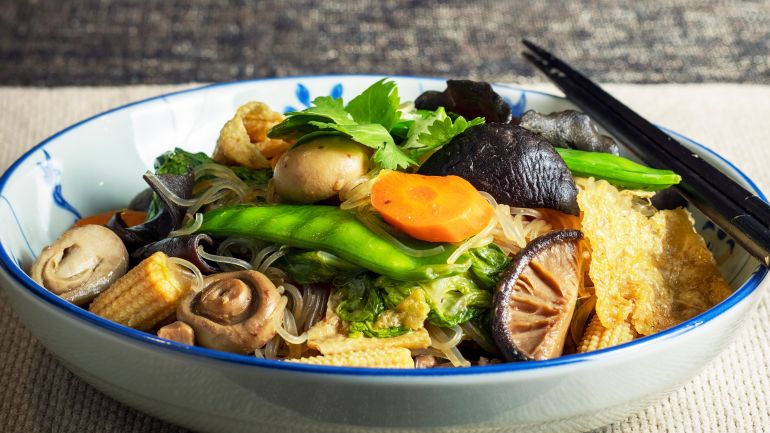
“There had to be five different colours of fruits, so we had green grapes, yellow pears, red apples, white peaches and black Chinese chestnuts,” Chin explains. The idea is to invite the deceased to eat along with the living.
One of the foods that is closely associated with Malaysian-Chinese funerals is pink and yellow steamed buns. These buns also make an appearance during the Hungry Ghost Festival; a month-long period when the Chinese community makes offerings to appease and honour spirits that roam the earth. Like koliva, these soft buns are also made with pantry staples – flour, yeast, sugar, baking powder, and shortening – and steamed, since most Southeast Asian kitchens do not have ovens.
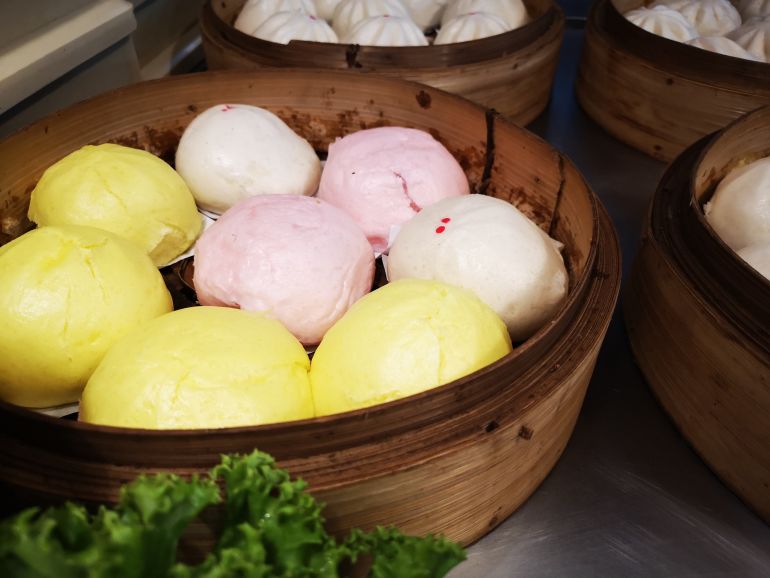
Family members are also encouraged to offer food that the deceased used to enjoy. “On day seven, we laid out the dining table with my mother’s favourite food because symbolically, this is the last meal we are giving to her spirit,” Chin says. The idea is that after this feast, the spirit has to leave our world.
During this time, Chin and her family were expected to stay in their rooms from 10pm to 2am.
Afterwards, “we threw away the whole banquet because it is [considered] bad luck to eat it”, Chin says. “This is the part I did not like because it’s so wasteful.”
The “bad luck” is a mix of superstition – not wanting to eat something that a spirit has feasted on; and concern about food hygiene – not eating something that has been sitting at room temperature in the tropics.
Chin understands the purpose of rituals, but also finds some of them “ridiculous”.
“I rolled my eyes a lot but we had to ‘do the right thing for the deceased’. When my father passed away, my mother did the same thing for him and it was clear that this is what she wanted too.”
Complete Article ↪HERE↩!


